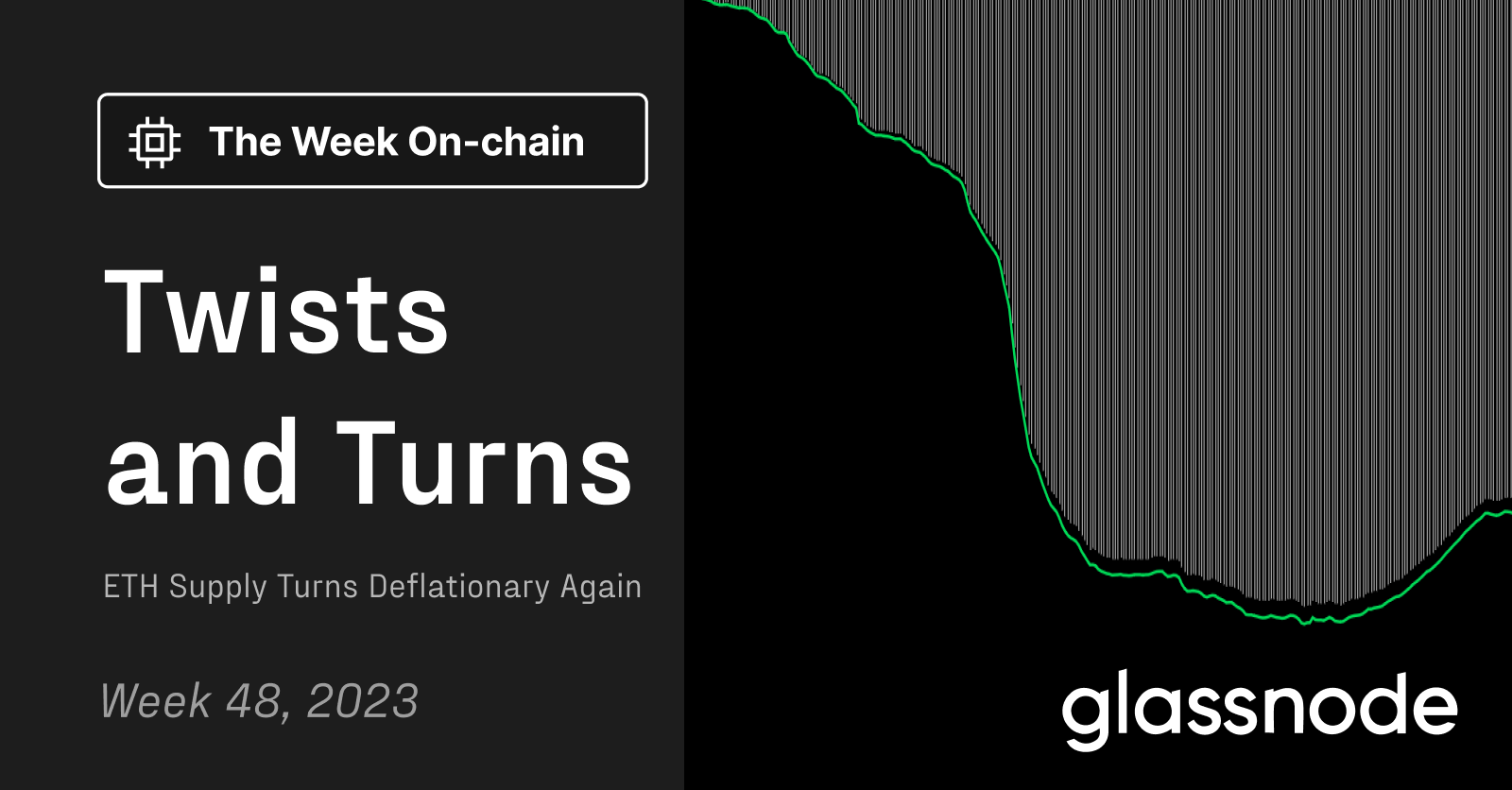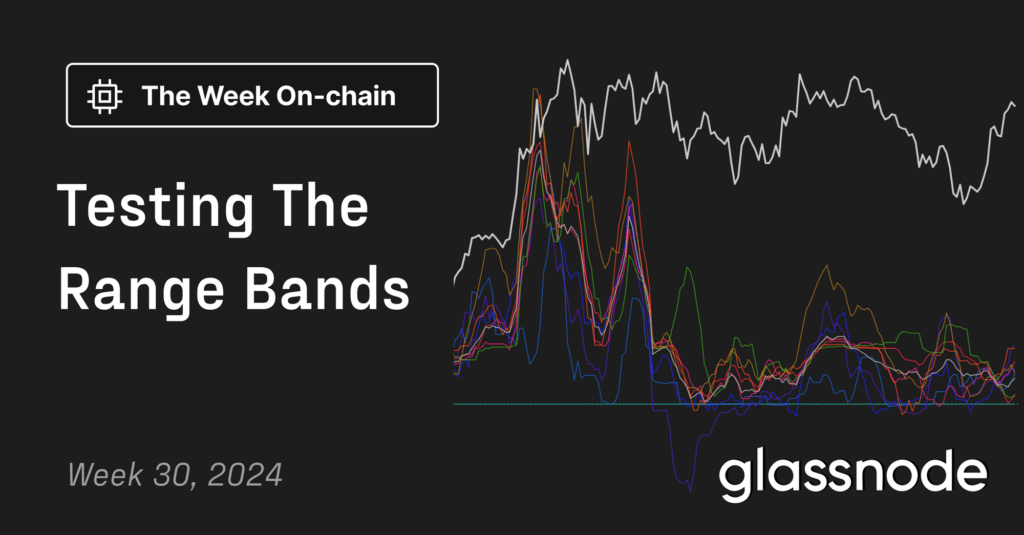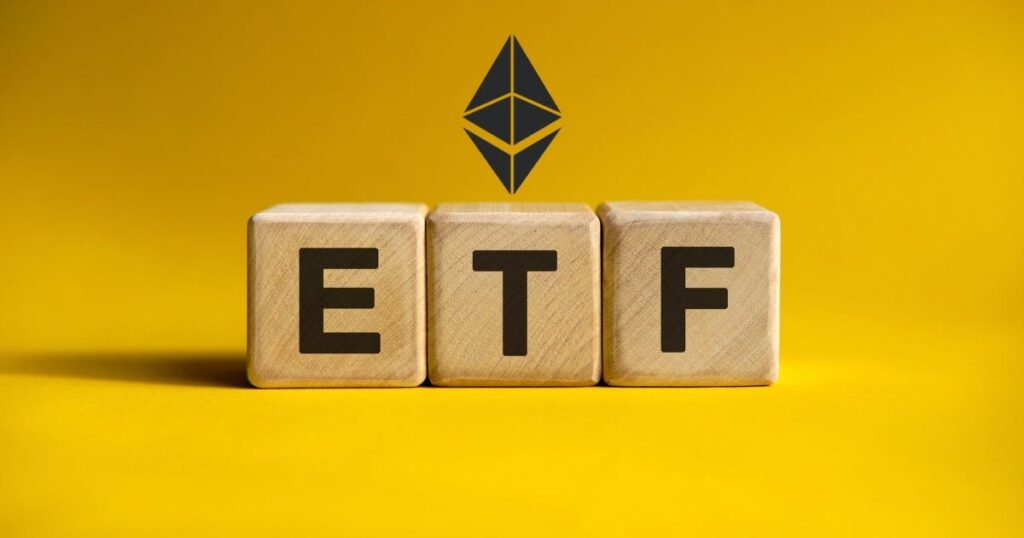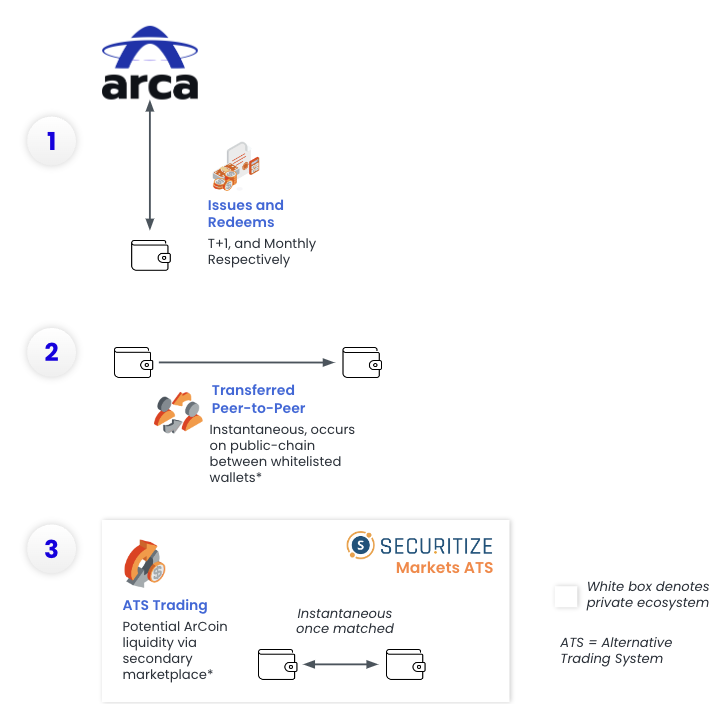Research Summary
The report discusses the recent changes in the Ethereum staking pool, marked by an increasing number of validators exiting since October. This has led to a decline in daily ETH issuance and a deflationary turn in the ETH supply. The report also highlights the resignation of Binance CEO CZ and its impact on the digital asset markets, including a decline in the price of BNB and an uptick in withdrawal activity across major assets.
Key Takeaways
Ethereum Staking Pool Dynamics
- Increasing Validator Exits: The Ethereum staking pool has seen a significant trend change with an increasing number of validators exiting since October. This has contributed to a decline in daily ETH issuance and a deflationary turn in the ETH supply.
- Impact of Validator Exits: The increase in validator exits has slowed the growth of the Total Effective Balance, representing the ETH in the Staking Pool that is actively participating in Proof-of-Stake Consensus. This has resulted in the first decline in the staking pool balance since the Shanghai upgrade.
- Voluntary Exits: The increase in exiting validators is largely driven by voluntary exits over the past eight weeks. Voluntary exits refer to stakers who independently choose to exit the staking pool, distinct from slashing, which is a penalty applied to validators which violate protocol rules.
Impact of Binance CEO’s Resignation
- Market Reaction: Following the resignation of Binance CEO CZ, the price of BNB experienced a -9.1% decline. The Binance exchange also experienced an uptick in withdrawal activity across major assets.
- Recovery of Exchange Balances: In the six days following CZ’s resignation, exchange balances saw a recovery, with all four token categories seeing a slowdown of outflows, and indeed a return to net inflows. This demonstrates a level of trust users have in the Binance platform.
ETH Supply Dynamics
- Decrease in ETH Issuance: Aligned with the observed reduction in Effective Balance, there has been a corresponding decrease in ETH issuance. The daily issuance of ETH to validators is contingent on the number of Active Validators, or respectively, the Total Effective Balance within the staking pool.
- Increased ETH Burn Rate: In tandem with rising gas prices, which signify growing transaction demand on the Ethereum network, the daily amount of ETH fees burned has increased. This has set the stage for the ETH supply to become deflationary with elevated network usage.
- Deflationary ETH Supply: In recent weeks, as a result of both declining issuance rates, and larger volumes of supply burnt, the aggregate ETH supply has turned net deflationary once again.
Actionable Insights
- Understanding Staking Dynamics: Investors and stakeholders should closely monitor the dynamics of the Ethereum staking pool, particularly the increasing trend of validator exits and its impact on ETH issuance and supply.
- Monitoring Market Reactions: The market reaction to significant events such as the resignation of Binance CEO CZ provides insights into investor sentiment and trust in digital asset platforms. Stakeholders should keep an eye on these market reactions and their subsequent recovery.
- Assessing ETH Supply Dynamics: The interplay of ETH issuance rates and burn rates significantly impacts the ETH supply dynamics. Understanding these dynamics can provide valuable insights into the Ethereum network and its responsiveness to trends in market activity and adoption.













